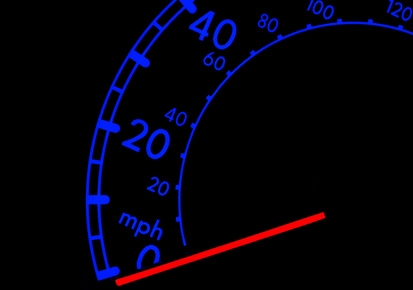
OBD-II, the second generation On-Board Diagnostic, specifies various protocols to communicate with an automobile's on-board computer and relay messages to and from a portable device. While dedicated devices exist for a direct connection to the OBD-II port, a laptop or computer can also be used with the assistance of an intermediate OBD-II to computer converter. This converter changes the voltage levels and encoding schemes of the OBD-II port to those which are compatible with a computer's serial, parallel, or USB port. Both free and commercial software are available to make sense of the incoming data and may provide detailed diagnostics, graphs, and performance charts for the car.
Start your car's engine. Some cars and interfaces require that the engine be running before starting the OBD-II interface. Check with OBD tool specifications, as this may not be a concern.
Attach the OBD-II cable to the car's OBD-II port. This is often located under the driver's side dash and may be protected and rendered invisible, by a dust cover.
Connect the OBD-II interface tool to the other end of the OBD-II cable. The device will power up and be ready for a computer connection.
Wire a USB cable between the interface device and the computer. If your device is USB, and therefore Plug and Play, the computer will identify the attached device and load device drivers to communicate with the car.
Load the device specific user interface on your computer and extract information about the vehicle.